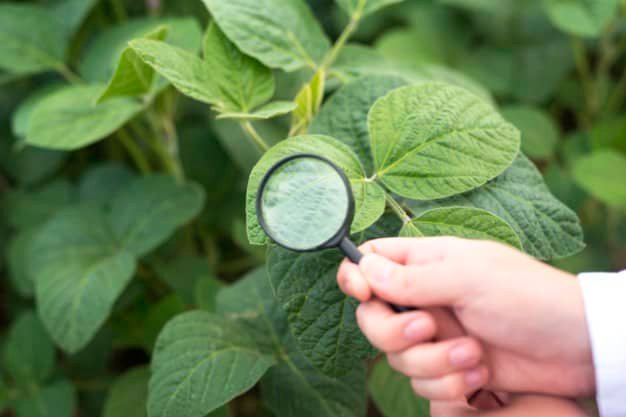Causes of Plant Diseases: Plant diseases are caused by pathogens. Hence a pathogen is always associated with a disease. In other way, disease is a symptom caused by the invasion of a pathogen that is able to survive, perpetuate and spread. Further, the word “pathogen” can be broadly defined as any agent or factor that incites ‘pathos or disease in an organism or host. In strict sense, the causes of plant diseases are grouped under following categories:
Basic Causes of Plant Diseases
1. Animate or biotic causes: Pathogens of living nature are categorized into the following groups.
- Fungi
- Algae
- Bacteria
- Phanerogams
- Phytoplasma
- Protozoa
- Rickettsia-like organisms
- Nematodes
2. Mesobiotic causes : These disease incitants are neither living or non-living, e.g.
- Viruses
- Viroides
3. Inanimate or abiotic causes: In true sense these factors cause damages (any reduction in the quality or quantity of yield or loss of revenue) to the plants rather than causing disease. The causes are:
- Deficiencies or excess of nutrients (e.g. disease of rice due to Zn deficiency)
- Light
- Moisture
- Temperature
- Air pollutants (e.g. black tip of mango)
- Lack of oxygen (e.g. hollow and black heart of potato)
- Toxicity of pesticides
- Improper cultural practices
- Abnormality in soil conditions (acidity, alkalinity)
Thanks for your patience! Happy Reading!
